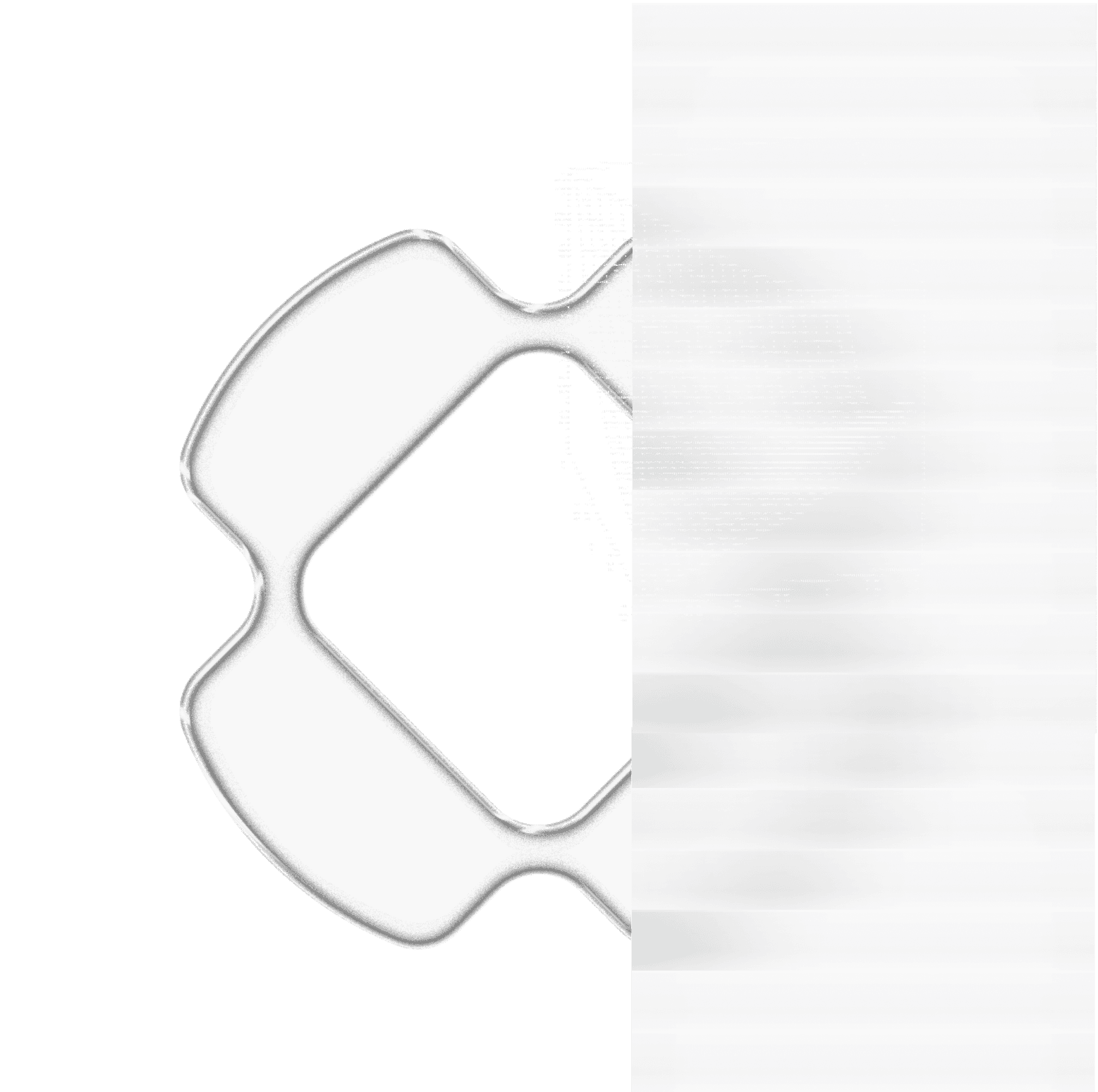
5 Key Benefits of Design Tokens for SaaS Product Design
May 2023In this article, we share our thoughts about Design Tokens and why they key to product design in 2023
456789456789º 123456789•
3456789°1234567899′N 12345678923456789678923456789°3456789123456789′S
Toronto, Canada

In this blog post we share about Design Tokens and how we apply them for our clients to reduce development time and improve consistenty.

The world of design continues to evolve at a fast pace. New methodologies and tools are continuously being introduced, and it can be quite a task to keep up. However, one methodology that has gained a lot of traction in recent years (and for a good reason) is the concept of "Design Tokens".
Design tokens are essentially named entities that store visual design attributes. They are the smallest pieces of your design system, such as colors, typography, spacing, border width, radii, shadows, etc. Think of them as the atomic elements of your brand that can be reused across your digital products for consistency, scalability, and maintainability. They are used to ensure a consistent design language across different platforms and devices.
During our own process, we leverage the power of design tokens using the Figma Tokens plugin (Token Studio). This tool provides a visual interface for creating and managing design tokens directly within Figma. This not only makes the process easier for designers but also allows for a more unified and efficient workflow.

As with any new tool or methodology, it is crucial to assess your organization's readiness to integrate it into your workflow. Here are some prerequisites that you need to consider before diving into design tokens:
Once you have assessed your readiness, it's time to bring your plan to the table. Discuss it with key stakeholders, including the main product manager, lead developers, and others who might be involved in this process. This is an important step as it helps ensure that everyone is on the same page and understands the reasons for this shift.
It's crucial to highlight the benefits of design tokens during these discussions. Explain how they will help maintain visual consistency, make the design-to-development process smoother, and save a lot of time in the long run.
Now that you have buy-in from the key stakeholders, it's time to get your hands dirty. However, instead of going all in, it's usually a good idea to start with a pilot design system.

With your pilot design system in place, it's time to create your design tokens.
After creating your design tokens, it's crucial to have your developers review them. They can provide invaluable insights into the practicality of your tokens, identify any potential errors, and suggest ways to simplify things.
Having your design system live in a central repository like Github rather than your Design File can make it easier for developers to access and implement the design tokens. Once the tokens have been reviewed, start coding these components and tokens in Storybook.
As your design system grows, it can become increasingly challenging to keep track of all the different components and tokens. This is where Zeroheight can come in handy. It allows you to store all your design system knowledge in one place, serving as the single source of truth for everyone involved.
With your design tokens in place and your pilot design system ready to go, it's crucial to understand that this is not the end. Your design system and design tokens are now your internal product and they need to be managed as such. This includes regular updates, versioning, and release notes to keep everyone updated with the changes.
The key to a successful design system is continuous improvement. Regularly review your design tokens and update them as needed. You should also ensure that you are frequently releasing new versions of your design system and documenting these releases meticulously.
Furthermore, keep the communication lines open with your stakeholders. Regularly update them about the progress, take their feedback, and iterate on your design tokens accordingly. We wrote a more detailed article on how we handoff our designs to development teams thanks to design tokens here.
In conclusion, design tokens are not just a novel concept. They are a game-changer for digital product design. By incorporating them into your workflow, you are laying the groundwork for a scalable, consistent, and maintainable product design. At Outframe, we can't stress enough their potential to elevate your design process. Now that you have the roadmap, it's time for you to start your journey with design tokens.

In this article, we share our thoughts about Design Tokens and why they key to product design in 2023

We talk about the process, design system components, and the value our clients get from our custom design systems.

We share our ideal design process that we try to follow for every client, though it works more as a guideline rather than a rule.
